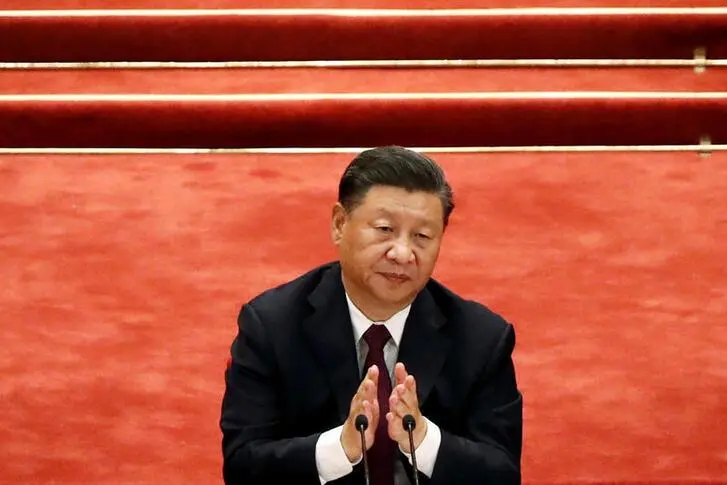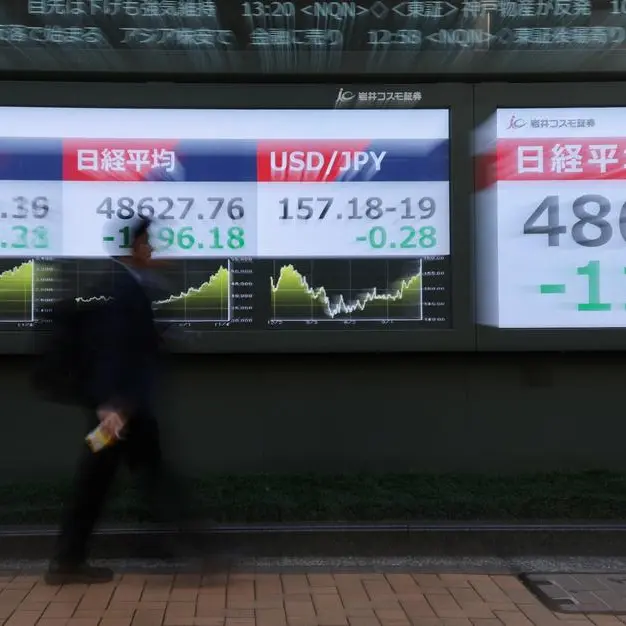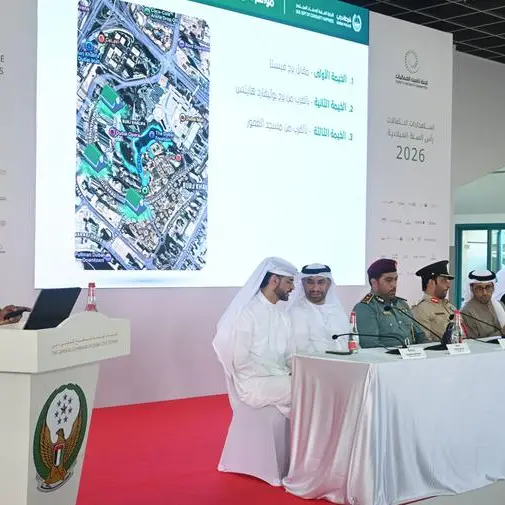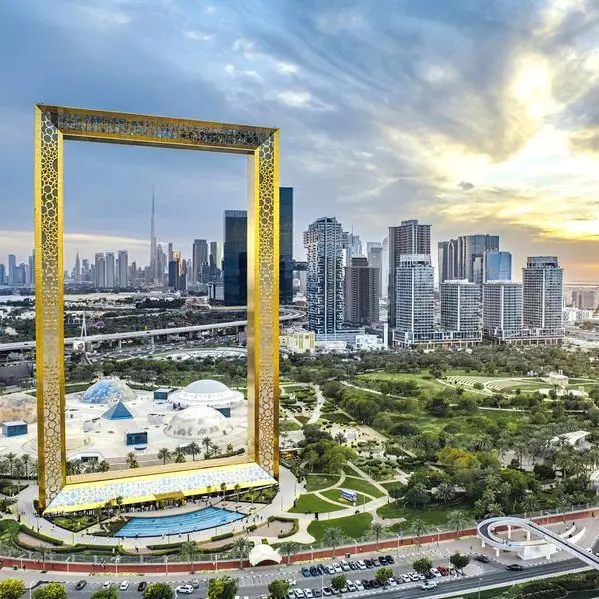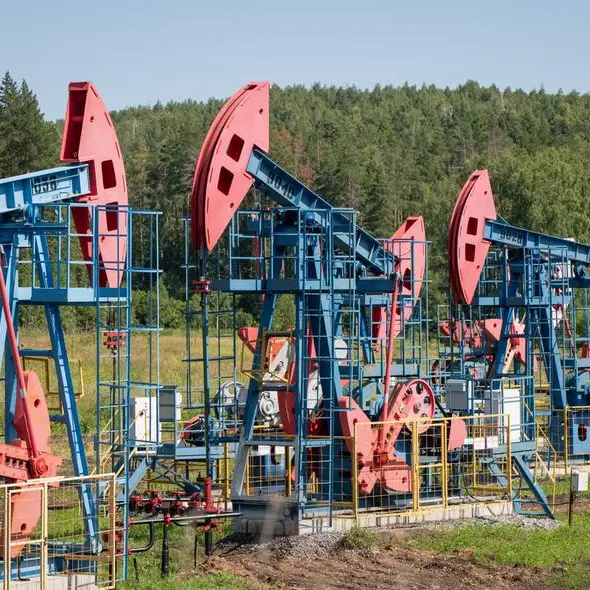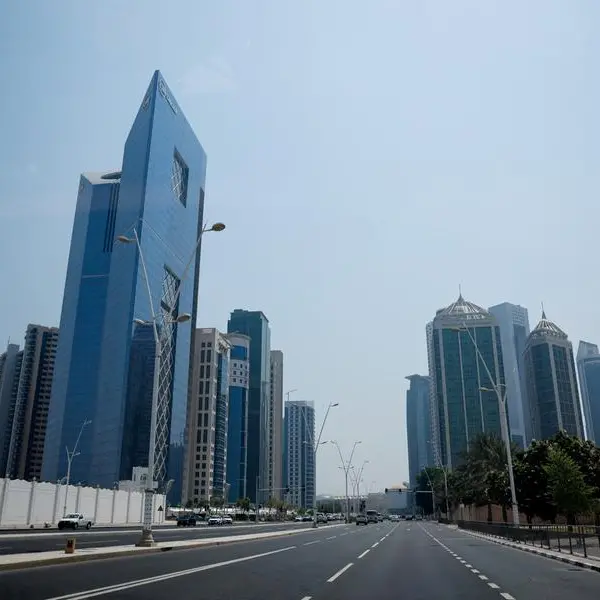PHOTO
(The author is a Reuters Breakingviews columnist. The opinions expressed are his own.)
HONG KONG - Xi Jinping is putting green energy to good use beyond just cleaning up the Earth’s climate. China’s president told the United Nations General Assembly on Tuesday that his country will be carbon-neutral by 2060. Beijing is notorious for making promises it doesn’t keep, but these are more credible. For one thing, there is self-interest involved.
Before the pandemic froze China’s manufacturing sector, its factories produced toxic clouds visible from space. As a still-developing economy, however, Beijing has lobbied to be held to lower standards than wealthy countries, which tend to emit more per capita. Chinese diplomats also have been quick to notice how warm rhetoric about a “green revolution” plays across Europe.
Even so, the campaign to clean up air, water and soil has been serious. China’s dependence on imported oil is a security problem. Rampant pollution also reduces quality of life, raising a political risk among the middle class, and adds to healthcare costs. The OECD estimated China will have the highest death rate in the world from air pollution by 2060, costing the equivalent of 2.6% of GDP.
In the past many local governments let companies cut corners on environmental regulations, helping China Inc keep prices low. But subsidising energy inefficiency slows the development of the country’s vast solar power and wind energy sectors. Continued reliance on combustion engines deducts from demand for stock market darlings like $26 billion electric vehicle maker Nio.
All of that suggests Xi’s commitment is genuine and achievable. The Energy Transitions Commission expects China can achieve carbon neutrality by 2050. The target, however, coincides with conflict along multiple fronts.
Negotiations with Europe over trade and investment appear to be stalled by hostility toward China’s policies in Xinjiang and Hong Kong, and accusations that it continues to break global trade rules. Beijing may hope promises on climate may help thaw some of those talks.
China can also reduce emissions by relocating dirty industries to neighbouring countries such as Vietnam. It is energetically building new coal-fired plants along its Belt and Road infrastructure investment corridor. Xi’s vows are plausible, but render a distinctly lighter shade of green.
CONTEXT NEWS
- Chinese President Xi Jinping said on Sept. 22 that his country’s carbon dioxide emissions would peak before 2030 and reach carbon neutrality before 2060.
- Xi’s comments, which included a call for a worldwide “green revolution”, were made in a speech to the United Nations General Assembly just minutes after U.S. President Donald Trump criticised China for “rampant pollution”.
- The neutrality target represents the first pledge by the world’s largest emitter of carbon dioxide to end its net contribution to climate change.
(The author is a Reuters Breakingviews columnist. The opinions expressed are his own.)
(Editing by Una Galani and Katrina Hamlin) ((pete.sweeney@thomsonreuters.com; Reuters Messaging: pete.sweeney.thomsonreuters.com@reuters.net))
